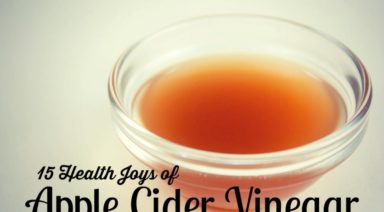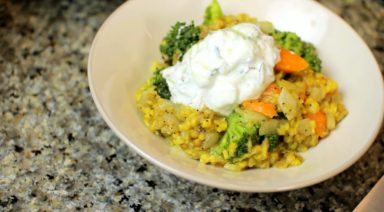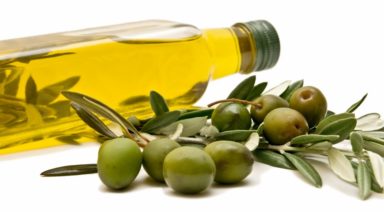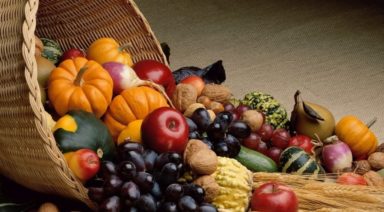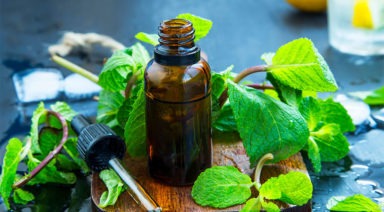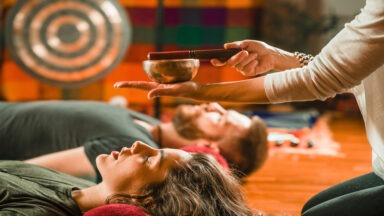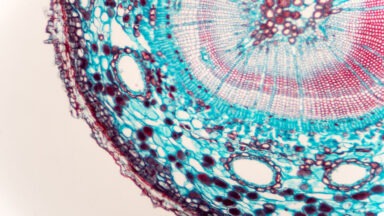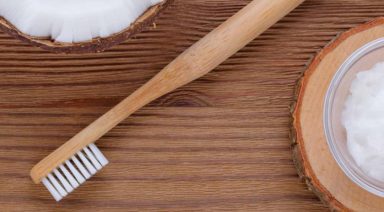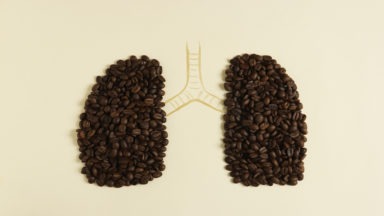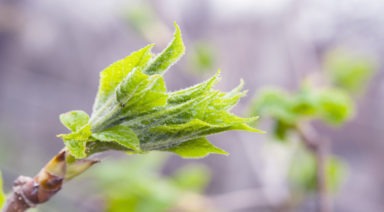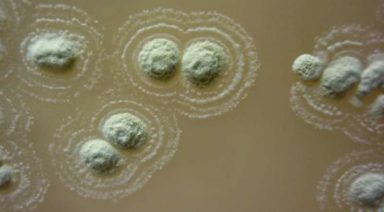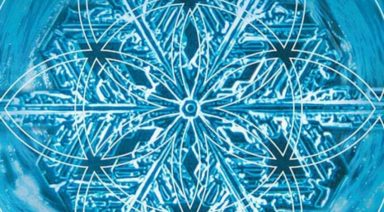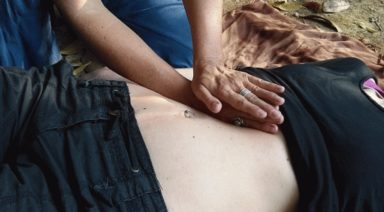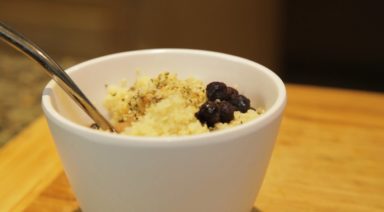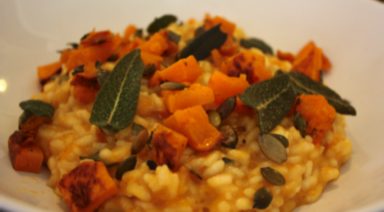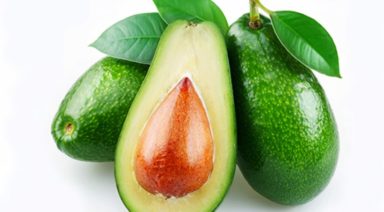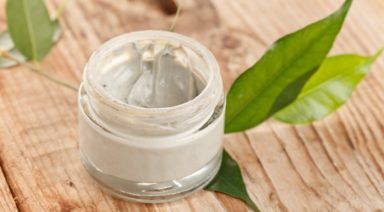Herbology and Your Health: Well-Being From the Ground Up
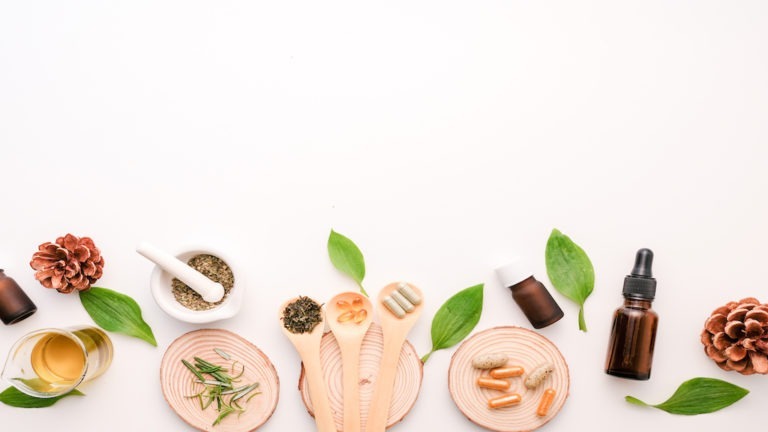
We often think of herbs as items that we sprinkle on our food to add depth of flavor, plant in our kitchen gardens, or even the stuff of famous folk songs – parsley, sage, rosemary, and thyme. However, herbs are part of an ancient tradition of powerful healing tools that spans centuries, religions, and geography. Known as “herbology,” the therapeutic use of plants, herbs, and botany can aid in treating and preventing illness, promote healthy lifestyles, and even help with mental health issues such as anxiety and depression.
The dictionary definition of herbology is “the art or practice of using herbs and herbal preparations to maintain health and alleviate or cure disease.” Unlike pharmaceuticals which are highly refined and simple one-chemical compounds, herbal medicines consist of living or dried plants and contain hundreds to thousands of interrelated compounds.
As opposed to traditional medicine, which looks to treat a specific illness or ailment, herbology’s goal is to support the individual’s intrinsic health and is also a part of a holistic approach to mind, body, and spirit. Herbology has been part of humanity’s quest for optimum health, from Ayurvedic to Chinese, to Native American, and even modern approaches to medicine.
History of Herbology
To understand herbology, it’s important to take a look at the ancient history surrounding how humans have used the natural world to heal. Human beings began as hunters and gatherers with a diet rich in foraged greens. Historians suggest that paleolithic humans mostly consumed native plants, as evidenced by early written records such as those scribed by the Sumerians more than 5,000 years ago. Also, in approximately 1500 BCE, ancient Egyptians wrote the “Ebers Papyrus,” a scroll considered to be one of their most important medical documents, and one that lists over 850 herbal medicines, many of which are in use today.
While herbal medical practices are present in most ancient traditions, there are four that stand out as far as their history, as well as their modern applications.
Ayurvedic Herbology: Ancient and Intact
Considered to be the oldest and most intact approach to herbal medicine in the world, Ayurvedic herbology dates back to the writings of the Rig Veda. Emanating from India, this ancient system, a segment of traditional Ayurvedic medicine, is looked at as the seminal influence on many other ancient systems of medicine including Chinese, Tibetan, Greek, and Egyptian. Called the “mother of all healing systems,” Ayurvedic herbology can be used as a way to understand the healing properties of all herbs, regardless of geographic origin. Ayurvedic herbology is focused on the science of longevity, as it is part of an overall approach to living a long and healthy life.
With India being one of the largest producers of medicinal plants, herbs, and spices, the most commonly used Ayurvedic herbs and plants include: Shatavari, gulgul, garcinia, licorice, gurmarar, neen, karela, horseradish, musk root, pippali, black pepper, ashwagandha, ginger, and turmeric, all of which are also incorporated into Indian food, which is considered medicinal.
Ancient Egyptian Healing
As mentioned above, the ancient Egyptians also believed in and practiced the art of herbology. In addition to the Ebers Papyrus, other ancient Egyptian texts include the Edwin Smith Papyrus, which focuses on surgical trauma, as well as the Kahun Gynecological Papyrus, dealing with women’s fertility, birth, pregnancy, and contraception. Ancient Egyptian doctors were not only adept at diagnosis, treatment, and surgical procedures, but they were also highly adept at herbal remedies.
Among the most commonly prescribed plants by ancient Egyptian herbalists include: cannabis, myrrh, frankincense, fennel, senna, thyme, henna, juniper, castor oil, aloe, and perhaps most prominently, garlic. Cloves of garlic have been discovered in Egyptian burial sites such as the tomb of Tutankhamun, and beyond the medicinal applications, onions and garlic were considered to aid physical and respiratory endurance.
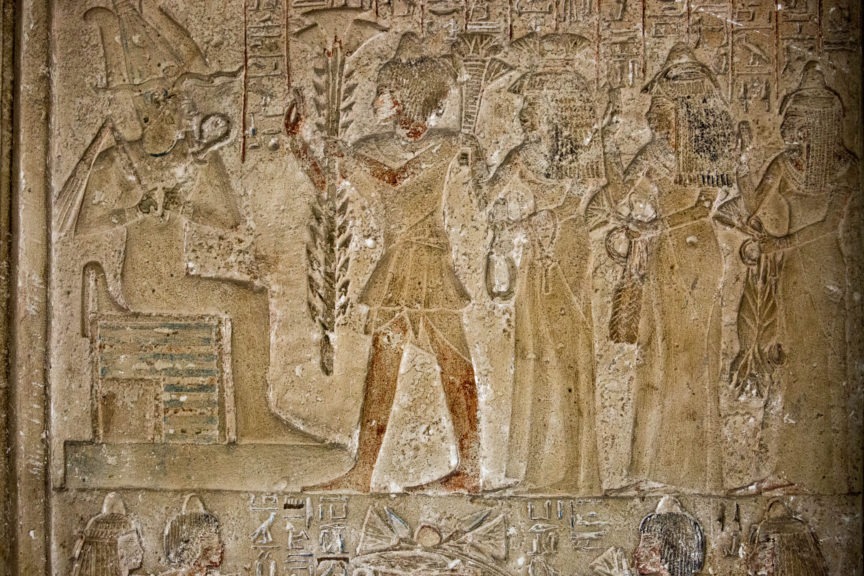
Chinese Herbology and Traditional Chinese Medicine
Traditional Chinese Medicine has been used for centuries, with the earliest prescriptive literature being traced to Wushi’er Bingfang, or “Recipes for 52 Ailments,” a set of silk documents dating back to between the 11th and 8th centuries BCE. Traditional Chinese Medicine relies heavily on herbs for the treatment of ailments, as well as animal and mineral substances to treat ailments and optimize wellness. Based on established formulations created for overall harmony, Chinese herbal medicine practitioners also individualize each treatment.
The different kinds of Chinese herbal treatments include “decoctions” or teas known for their strong taste and aroma, syrups, Chinese patent formulas, and liniments using substances such as ginger, licorice, magnolia bud, wolfsbane, poria, cassia, pepper, wormwood, and boneset.
North American Traditional Ecological Knowledge
Perhaps the richest of herbal medicine practices resides in the world of Native American traditions, from Alaska to Hawaii, the US Southwest, Upper Plains, and throughout Canada. The variety of approaches to Native American herbology reflects the diversity inherent in tribal cultures. Historically, the common ground was that plants and herbs were a staple of ancient indigenous civilizations before Western colonization took hold. For example, in Hawaii, the “pre-Captain Cook” diet, rich in vegetables and designed to promote cardiovascular health with a balanced approach to food. Throughout native cultures, food in all forms has been considered medicine, from the source to the preparation for consumption.
Plants considered medicinal, or sacred, in Native American cultures include: sage, pennyroyal, hops, willow bark, dogwood, palmetto, cattail, and tobacco. These were also used in rituals and ceremonies.
Herbology as a Life Path
For those interested in learning about herbology for personal or professional interest, an excellent place to start would be the American Herbalist Guild, established in 1989 as a non-profit educational organization dedicated to herbal medicine and herbal practitioners. From nutritional herbology to herbology studies, one can choose to take a more formalized course of study to become a Registered Herbalist (RH), or one can decide to participate in a more personalized, home study option. Those in medical fields such as naturopathic doctors, chiropractors, nutritionists, nurses, and doctors often study herbology to complement their offerings.
The career options, whether you choose to study at home or in a program, include: herb farmer, wildcrafting, manufacturing, or ethnobotany, which looks at how different cultures practice herbal medicine. The average herbology training program includes course work in botany, plant identification, pharmacology, anatomy and physiology, biochemistry, nutrition, history, and professional ethics.
The American Herbalist Guild recommends 1600 hours of study with a clinical requirement. The cost of programs can range from $2,500 upwards to $15,000 per year. Unless you are also pursuing a career as a naturopathic doctor, there are currently no federal or state regulations to set up a practice.
Whether you seek out herbology for your personal health or to help others, you will be stepping into an ancient tradition with a very modern application. All we have to do is look at our natural world to understand the healing and well-being that is available, if we’re willing to learn from the family of plants.
17 Ways to Use Apple Cider Vinegar for Your Health and Wellness
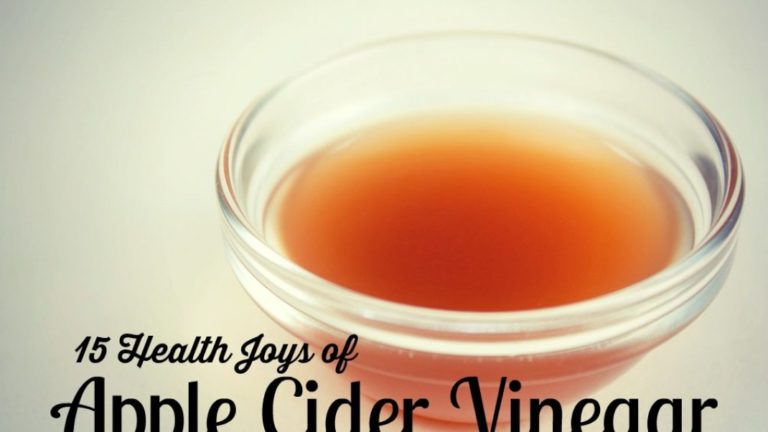
Apple cider vinegar, commonly denoted as ACV, has received a lot of hype as a miracle home remedy for all kinds of ailments, from allergies to arthritis. While a lot of conclusive research needs to be done, there are all kinds of ACV tricks you can try for your home and wellness.
What is Apple Cider Vinegar?
Apple cider vinegar is the product of fermentation—the process in which sugars in food are broken down by bacteria and yeast. In stage one of fermentation, the sugars are turned into alcohol. Stage two, if the alcohol ferments further, you get vinegar. While vinegar can be made from all sorts of things—fruits, vegetables, and grains –ACV, is, unsurprisingly, made from pulverized apples. The main ingredient of apple cider vinegar, or any vinegar, is acetic acid. It also has other acids, vitamins, mineral salts, and amino acids.
It sounds like a relatively innocuous substance more likely to be found in a salad dressing or used as a preservative, but because of its unique properties, ACV has a huge range of uses.
15 Health Benefits to Apple Cider Vinegar
Adding apple cider vinegar as a supplement to your diet can result in a number of benefits to your health. Apple cider vinegar may help with everything from heart disease to weight loss. Below is a list of 17 proven benefits.
1. Help with Heart Disease
If you’re looking for an alternative modality to improve heart health and ameliorate high blood pressure, ACV could be exactly what you’re looking for. Though clinical trials haven’t been conducted yet on humans, trials on animals have shown ACV to reduce triglyceride and cholesterol levels, two of the major contributing factors to heart disease.
2. Lower Blood Sugar
Do you experience high blood sugar levels from type 1 or type 2 diabetes? Are your insulin levels low and your glucose levels too high? Try taking ACV after meals to lower your blood sugar levels. According to research conducted from a small study in 2004, subjects taking 20mL of ACV diluted in 40mL of water with a teaspoon of saccharine, lowered their blood sugar levels after a meal. This reduction was significant, though small, and only lasted about 30 minutes.
While this method needs more research conducted before it could be considered a viable treatment, some researchers have described it as a potential adjuvant to other treatments for diabetes.
3. Leg Cramp Relief
Ever had a crazy sudden pain in your leg in the middle of the night? It’s the worst! Stop the attacks with an ACV tonic. Taken diluted in water twice daily, it will dissolve acid crystals in the blood and provide potassium, calcium, and other essential minerals to the body needed to ease the leg cramps.



